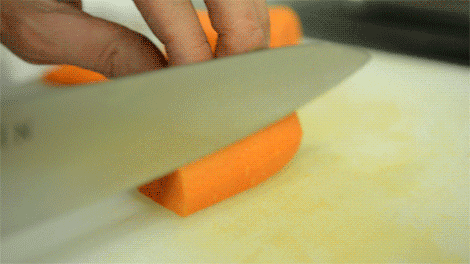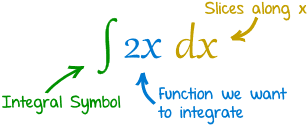Things and tips you have to know about finding volumes of solids using cross sections.
For example: The base of a solid is the region enclosed by the circle x^2 + y^2 =16. Cross-sections
perpendicular to the x-axis are equilateral triangles.
1. Find the key words:
In this given information, cross-sections ... to x-axis and equilateral triangles are key words.a. Cross- sections.. to x-axis= use dx
Cross-sections..to y-axis= use dy
b. equilateral triangles= the area formula that needed to be used is 1/2bh
2. Draw out the diagram: It gives you a picture of how does the base of the solid looks like.
3. Find out the equation by only contain x in this problem or if it is needed, use substitution on the other problems.
y^2= 16-x^2
-------------------------------------------------------------------------------------------------------------------------
Tips in general:
4. Study the basis formulas for geometry
5. Proportion of the length for right triangles.
3,4,5 / 1, square root of 3, 2 / 1,2, square root of 5 /5,12,13/ 7,24,25/
6. Do not take the square root sign out of a plus or minus equation.
For example: y^2= 9-x^2 but we need to find the equation in term of y
x^2= 9-y^2
x= square root of 9-y^2
normally we can write it as x= 3-y, but in here we can not !
7. Reading the questions carefully and do not get confused with the information that we do not need at all !
For example: the equation of f(x) which is given on the fourth FRQ in practice 3.
Good luck on Tuesday!










































